Pak Choi is a delicious and nutritious leafy green that is easy to cultivate. Pak Choi, also called Bok Choy or Pok Choi, belongs to the cabbage family and has been used in Chinese cuisine for centuries. Growing Pak Choi is relatively easy compared to other crops. It requires little space or soil preparation and can be grown indoors and outdoors. Moreover, Pak Choi grows quickly so that farmers can harvest multiple yearly harvests.
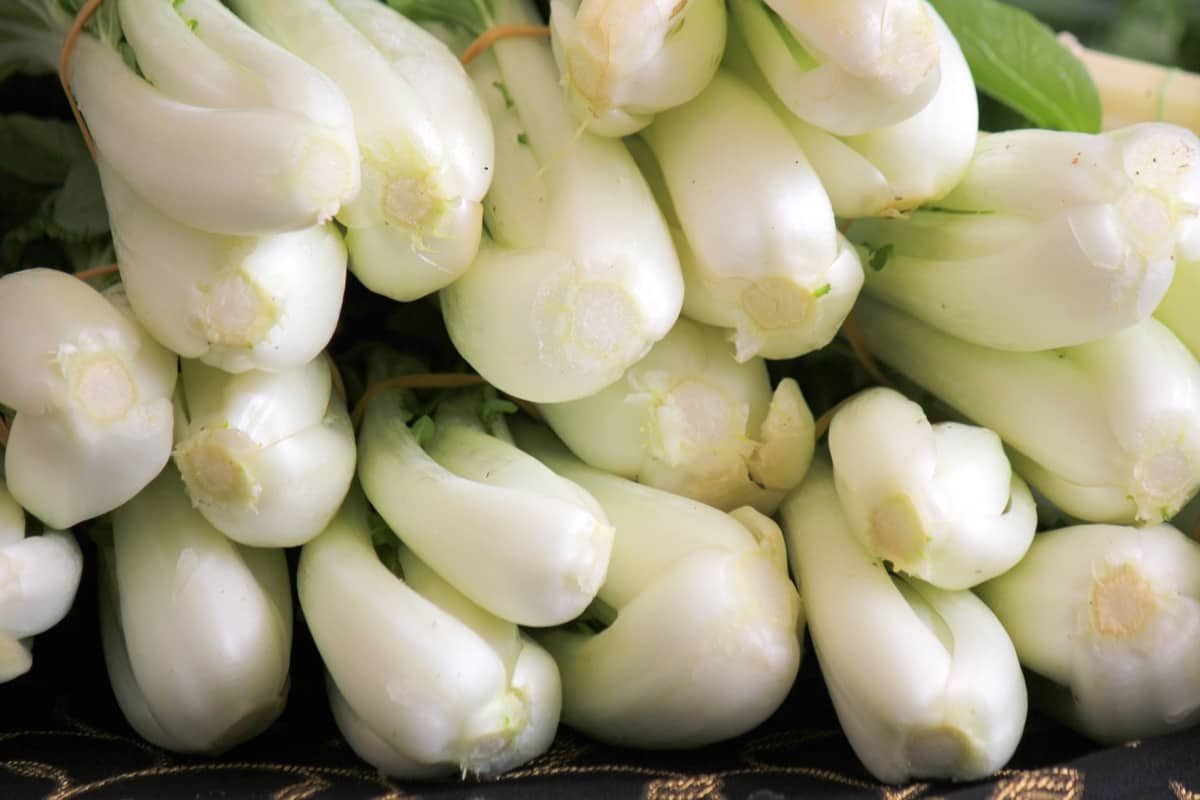
Demand for this vegetable has risen globally due to its unique taste and versatility in different cuisines. As such, farmers specializing in this crop are more likely to have a consistent market. This delicious Chinese cabbage is gaining popularity among home gardeners due to its versatility in the kitchen and minimal maintenance requirements.
How to Start Pak Choi/Bok Choy Farming
Different Varieties of Pak Choi
- Joi Choi is a compact variety that produces thick white stems with glossy green leaves. It grows best in cool weather conditions and can be harvested when the heads are medium size.
- Gracious is another popular variety known for its dark-green leaves that form an upright rosette shape. This Pak Choi has a milder flavor than other varieties, making it ideal for salads or lightly cooked dishes.
- Pak Choy White has broad flat leaves with white stalks that taste mildly sweet. This variety thrives well in cooler temperatures but can handle warmer conditions if watered adequately.
When choosing which variety to grow, consider factors such as market demand and growing season length to maximize your profits while providing customers with fresh produce throughout the year.
Soil and Light Requirement for Pak Choi Farming
- The soil quality will determine your plants’ health and yield. Before planting, it’s essential to ensure that your soil is fertile, well-draining, and weeds-free.
- Firstly, clear any debris or plant matter from where you plan to grow your Pak Choi. Once cleared, loosen the soil with a garden fork or tiller to help improve drainage and allow oxygen into the ground.
- Next, add well-rotted manure or compost to enrich the soil with nutrients. Pak Choi prefers slightly acidic soils with pH levels between 6.0 and 6.5; thus, adding organic matter can help maintain its ideal pH level.
- After adding compost or manure, mix everything uniformly so that all nutrients can blend evenly in every part of the soil, allowing easier nutrient uptake by plant roots.
- Rake over the surface of your prepared bed until it is smooth before planting seeds or transplanting seedlings into it for optimal growth and development of pak-choi plants.
- Plant Pak Choi in partial shade if possible since direct sunlight will cause it to bolt and go to seed too quickly.
In case you missed it: How to Start Napa Cabbage Farming: A Step-by-Step Growing Guide
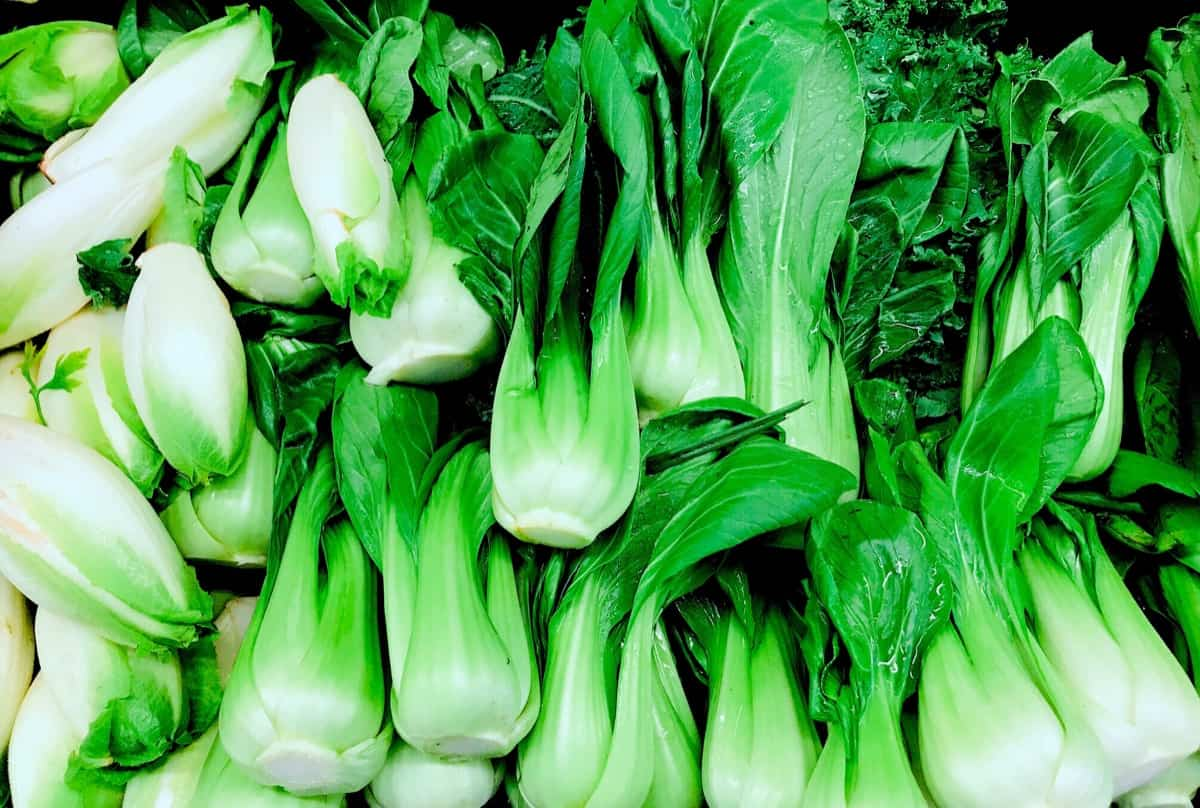
When to Grow Pak Choi?
Pak Choi is a delicate plant that requires cool temperatures to grow properly. It cannot withstand the harsh summer heat and long days, as it will bolt and go to seed quickly. Therefore, it’s essential to know when to grow Pak Choi. The ideal time to grow Pak Choi is in Spring or Autumn when temperatures range from 7 to 23°C. Sowing seeds four to six weeks before the last frost in spring can help ensure a good harvest.
In mild winter regions, planting Chinese cabbage in late summer or autumn for a late autumn harvest can also be an excellent option. However, ensure you provide enough protection from cold temperatures during this period. It’s crucial to consider the temperature and daylight duration when growing Pak Choi. During longer days, Pak Choi tends not to perform well; hence it’s best grown during shorter days like those experienced in Spring or Autumn. Choosing the right season for planting your Pak Choi crop ensures its growth and success rate.
Tips for Successful Pak Choi Farming
- Choose the right location for your Pak Choi farm. A sunny spot with well-draining soil is ideal for these plants.
- Choose a variety of Pak Choi that suits your climate and soil condition. Next, prepare the soil to improve its quality and fertility. Ensure that your soil is well-drained, rich in organic matter. This will provide the optimal conditions for your Pak Choi to grow.
- Decide which Pak Choi you want to grow – Joi Choi, Gracious, or Pak Choy White are popular options. A reliable watering system is essential in keeping your crop healthy and productive.
- To start planting, you will need essential gardening tools like shovels, rakes, hoes, and hand trowels.
- Pak Choi needs regular feeding with nitrogen-rich fertilizers throughout its growth cycle, but avoid excessive use since it can cause overgrowth or bolting.
- After germination (1-2 days), allow a few weeks before transplanting the seedlings into their permanent positions using a trowel or hand fork.
- Watch on pests such as aphids and slugs that may attack your plants while regularly watering them without over-saturating them.
In case you missed it: How to Start Kalettes Farming: A Step-by-Step Growing Guide
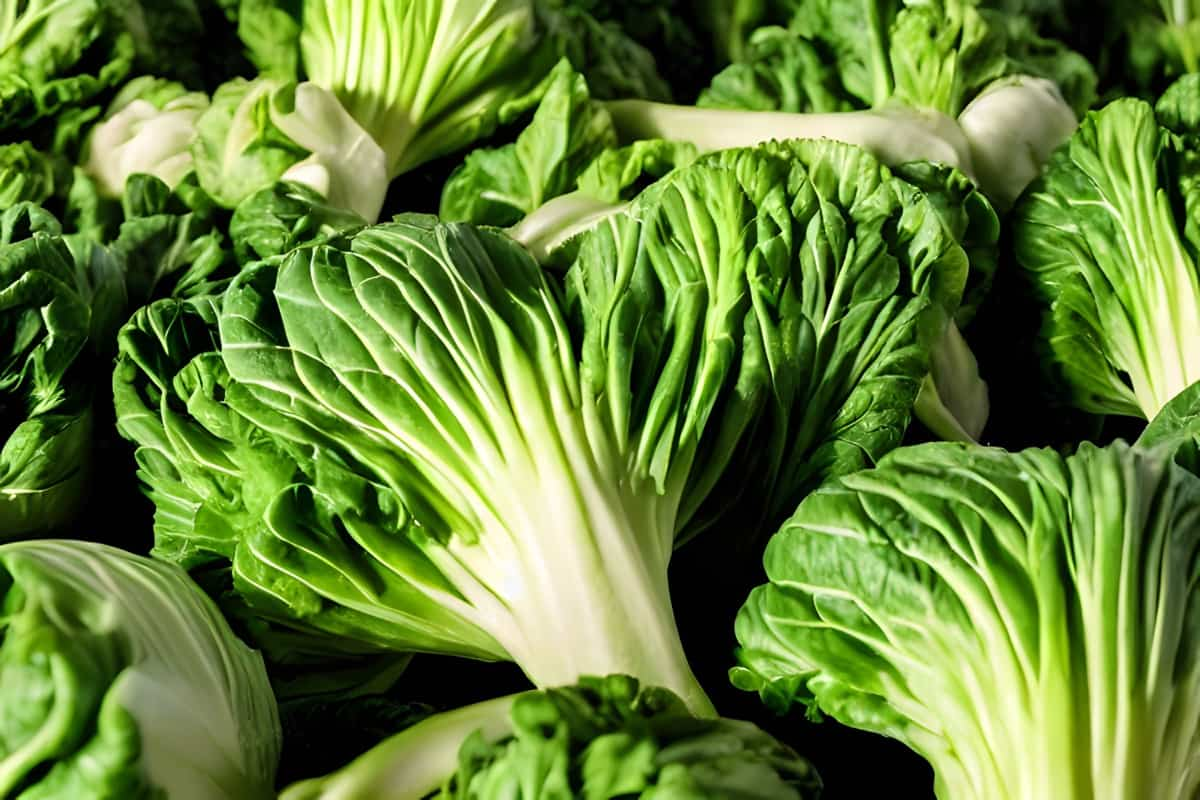
The Step-by-Step Process of Pak Choi Farming
- The main step is to prepare the soil by ensuring it is fertile and well-draining. Adding organic matter can help improve soil quality.
- Next, sow your Pak Choi seeds thinly, about 2cm deep, in rows at least 30cm apart. Ensuring the seeds are evenly spaced out is important to avoid overcrowding and nutrient competition.
- Pak Choi seedlings will usually emerge within 1 to 2 days after sowing, and they should be ready for transplanting in about 10-14 days. When transplanting, make sure each seedling has enough space around it to grow properly.
- After planting, water your Pak Choi regularly and keep the soil moist but not waterlogged. Mulching around the plants can also help retain moisture and suppress weeds.
- As your Pak Choi grows, monitor it regularly for pests like aphids or slugs, which may damage the leaves. Use natural pest control methods or handpicking them off the plant if necessary.
- Harvest your Pak Choi when it reaches maturity – usually between 6-8 weeks after planting, depending on the variety – by cutting off individual leaves with a sharp knife or scissors from outside of the plant, working towards its center, leaving some new inner leaves so you get multiple cuttings from one plant.
How Much Water Does Bok Choy Need?
Proper watering is essential for growing healthy and flavorful Pak Choi. These vegetables require consistent moisture to thrive, but overwatering the Pak Choi plant can lead to root rot or other diseases. Keep the soil moist but not waterlogged; Pak Choi requires about an inch of water weekly. Bok choy needs at least one inch of water per week from rainfall or irrigation. The soil must be moist but not waterlogged, so monitoring the moisture level regularly using a finger test or a soil moisture meter is essential.
In case you missed it: How to Start Dragon Carrot Farming: A Step-by-Step Growing Guide
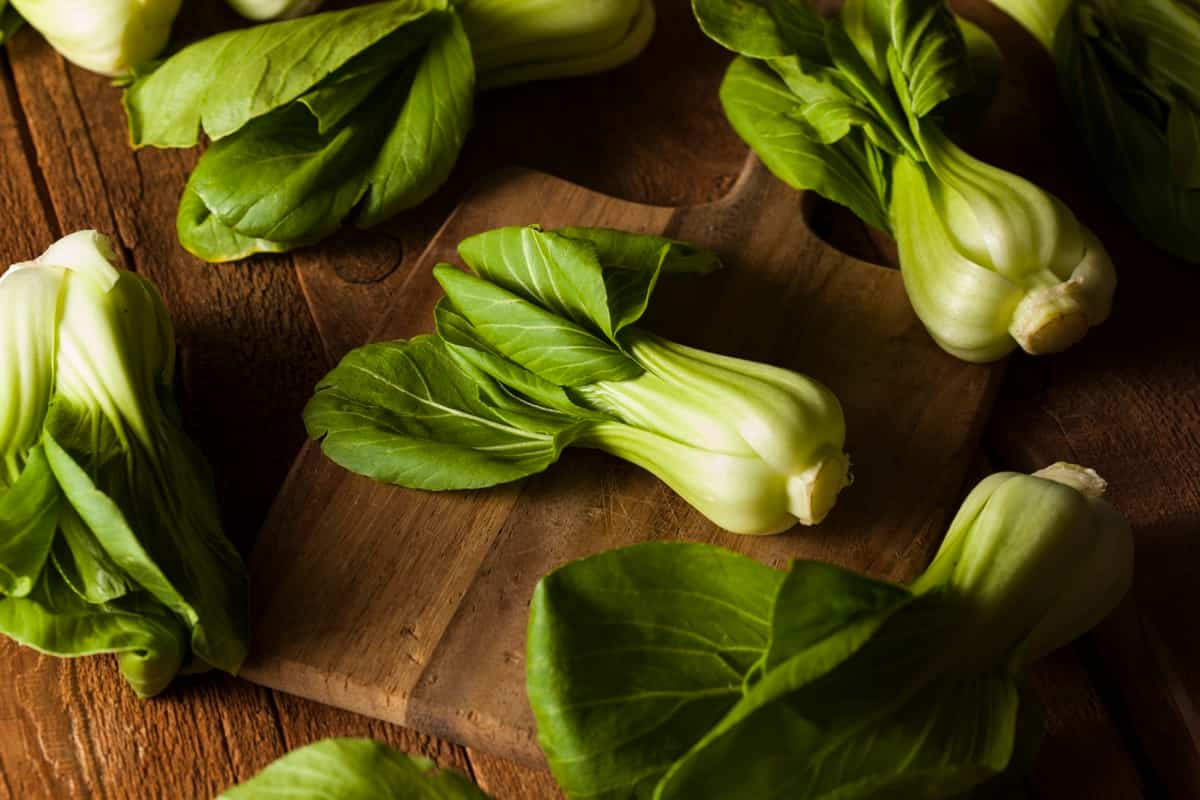
If you are growing Pak Choi in an area with hot and dry summers, you may need to increase the watering frequency to keep the soil evenly moist. Aim for deep and infrequent watering sessions rather than shallow and frequent ones. Mulching around your Pak Choi plants can also help retain moisture in the soil while suppressing weed growth. Once established, apply an organic mulch layer around your plants, like straw or leaves.
Mulching Requirement for Pak Choi Plant Growth
Mulching is an essential aspect of Pak Choi farming that helps retain soil moisture and suppress weed growth. Different mulch materials are available, including straw, hay, leaves, grass clippings, and compost. One benefit of using organic mulches is that they will gradually decompose, provide nutrients to the plant roots, and improve soil health. It also prevents erosion by protecting your topsoil from wind and rain damage.
It’s best to apply mulch after seedlings have started growing about two inches tall but before weeds begin sprouting up around them. Be careful not to cover seedlings with too much mulch, which can cause them to smother and die off prematurely. Maintaining a regular schedule for applying fresh layers of organic matter will go a long way in keeping your Pak Choi farm healthy and productive year-round.
Pest and Diseases Management for Pak Choi Farming
- Pak Choi is relatively resistant to pests and diseases, but watching for potential issues is still important. One common problem is flea beetles, small black or brown insects that chew holes in the leaves. The pests can be controlled with insecticidal soap or neem oil.
- Another issue to watch for is powdery mildew disease that appears on the plant leaves. This can be prevented by spacing plants properly and avoiding overhead watering.
- Aphids may also attack Pak Choi, sucking sap from the leaves and causing them to turn yellow or curl up. These tiny insects can be removed with a strong blast of water or by introducing natural predators like ladybugs.
- Root rot is another potential problem if soil drainage is poor. This disease causes roots to become mushy and discolored, eventually leading to plant death. To prevent root rot, ensure your soil drains well and avoid overwatering.
In case you missed it: How to Start Watermelon Radish Farming: A Step-by-Step Growing Guide
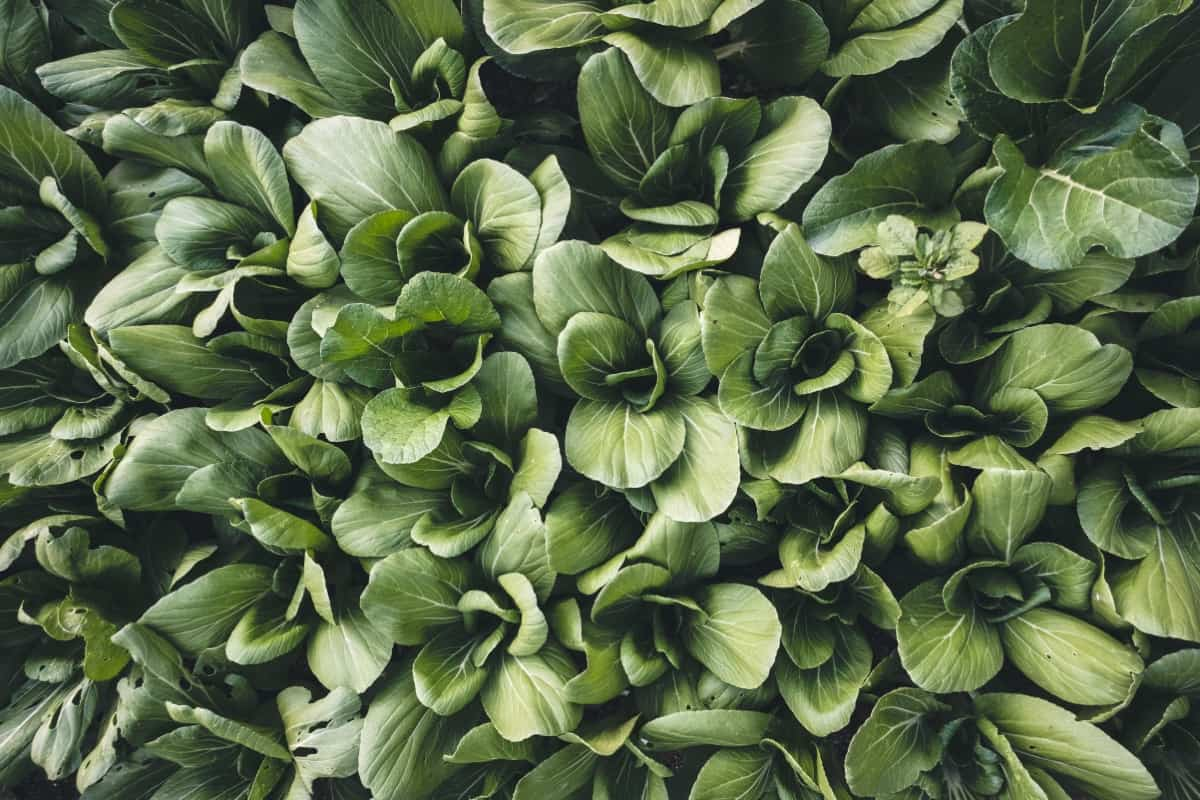
Best Fertilizer and Weed Management for Pak Choi Plant Growth
- Pak Choi is a leafy vegetable that requires proper nutrients to grow healthy and strong. Choosing the right fertilizer can help meet these nutritional needs, resulting in abundant and nutritious harvests.
- Organic fertilizers like compost or well-rotted manure are excellent for Pak Choi farming. These natural fertilizers provide essential nutrients like nitrogen, phosphorus, and potassium while improving soil structure and water retention.
- Inorganic fertilizers may also be used but should be applied carefully to avoid over-fertilization, which can lead to nutrient burn or poor plant growth.
- Slow-release fertilizers are another option worth considering since they release nutrients gradually over time, reducing the risk of nutrient leaching or runoff that could harm nearby plants or pollute water sources.
- Over-fertilizing can damage plants as much as under-fertilizing them. Apply according to package instructions and closely monitor your plants’ growth for signs of stress.
- Weeding is an essential task when it comes to growing Pak Choi. Weeds compete with nutrients, water, and sunlight, affecting their growth and yield.
- To prevent weeds from the garden bed, you need to start weeding as soon as you see them sprouting. Pull out the weeds by hand or use a hoe to remove them gently. It’s important not to disturb the roots of your Pak Choi while weeding. Be careful when removing weeds around your plants so they don’t get damaged accidentally.
Pak Choi Growing Problems
- One of the most common issues is pests and diseases. Some pests that love to feed on Pak Choi include aphids, slugs, and snails. Natural pest control methods can keep these pesky critters at bay.
- Another issue that may arise is bolting when the plant produces a flower stalk before it fully matures. Bolting often occurs due to irregular watering or high temperatures.
- Over-fertilization can lead to excessive leaf growth, but small root systems in Pak Choi plants leading them susceptible to disease and weak stems.
When and How to Harvest Pak Choi?
Harvesting Pak Choi is a simple process that requires careful attention to detail. Baby leaves, perfect for salads and garnishes, can be picked in as little as 30 days after planting. To harvest baby leaves, snip off individual leaves, only taking a few from each plant along the row. This method allows the remaining leaves to grow and promotes a cut-and-come-again crop. Semi-mature or full-sized Pak Choi should be ready for harvest in 45–75 days when they are still compact and firm.
In case you missed it: How to Start Mexican Sour Gherkin/Cucamelon Farming: A Step-by-Step Growing Guide
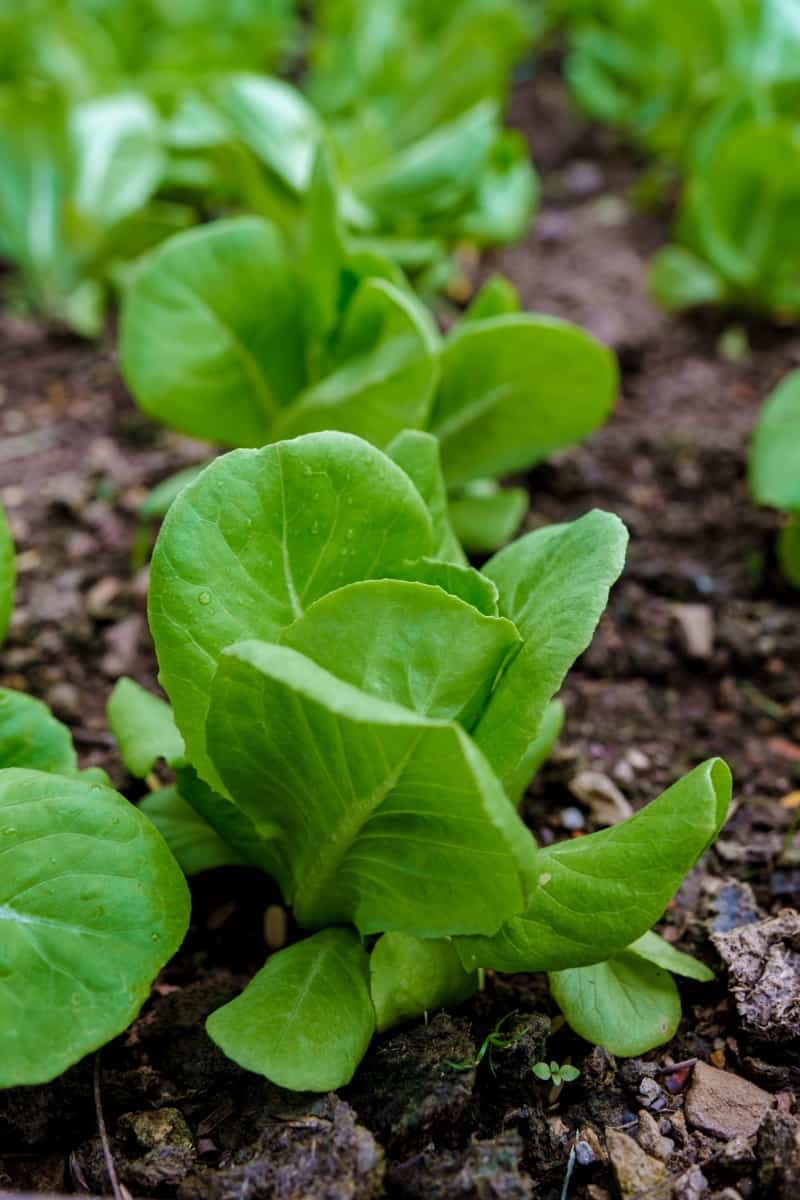
You can tell when your Pak Choi is ready by checking the size of its head – it should be around six inches tall and two inches wide. When harvesting semi-mature or full-sized Pak Choi, use scissors to cut off the entire ground-level plant. Be sure not to pull on the plants too hard because you don’t want to damage any surrounding roots. Harvested Pak Choi needs immediate refrigeration so that it stays fresh longer.
Conclusion
Pak Choi is a unique and flavorful member of the cabbage family. This versatile leafy vegetable has become increasingly popular worldwide due to its delicious taste and numerous health benefits.
- Economical Aquaculture: A Guide to Low-Budget Fish Farming
- 15 Common Planting Errors That Can Doom Your Fruit Trees
- How to Make Houseplants Bushy: Effective Tips and Ideas
- Innovative Strategies for Boosting Coconut Pollination and Yield
- Pollination Strategies for Maximum Pumpkin Yield
- The Complete Guide to Chicken Fattening: Strategies for Maximum Growth
- Natural Solutions for Tulip Problems: 100% Effective Remedies for Leaf and Bulb-Related Issues
- Revolutionizing Citrus Preservation: Towards a Healthier, Greener Future
- Natural Solutions for Peony Leaf and Flower Problems: 100% Effective Remedies
- Maximizing Profits with Avocado Contract Farming in India: A Comprehensive Guide
- Natural Solutions for Hydrangea Problems: 100% Effective Remedies for Leaf and Flowers
- The Ultimate Guide to Choosing the Perfect Foliage Friend: Bringing Life Indoors
- From Sunlight to Sustainability: 15 Ways to Use Solar Technology in Agriculture
- The Ultimate Guide to Dong Tao Chicken: Exploring from History to Raising
- The Eco-Friendly Makeover: How to Convert Your Unused Swimming Pool into a Fish Pond
- Mastering the Art of Delaware Chicken Farming: Essentials for Healthy Backyard Flocks
- 20 Best Homemade Fertilizers for Money Plant: DIY Recipes and Application Methods
- How to Craft a Comprehensive Free-Range Chicken Farming Business Plan
- Brighten Your Flock: Raising Easter Egger Chickens for Beauty and Bounty
- How to Optimize Your Poultry Egg Farm Business Plan with These Strategies
- Subsidy for Spirulina Cultivation: How Indian Government Schemes Encouraging Spirulina Farmers
- Ultimate Guide to Raising Dominique Chickens: Breeding, Feeding, Egg-Production, and Care
- Mastering the Art of Raising Jersey Giant Chickens: Care, Feeding, and More
- Ultimate Guide to Raising Legbar Chickens: Breeding, Farming Practices, Diet, Egg-Production
- How to Raise Welsummer Chickens: A Comprehensive Guide for Beginners
- How to Protect Indoor Plants in Winter: A Comprehensive Guide
- Ultimate Guide to Grow Bag Gardening: Tips, Tricks, and Planting Ideas for Urban Gardeners
- Guide to Lotus Cultivation: How to Propagate, Plant, Grow, Care, Cost, and Profit
- Agriculture Drone Subsidy Scheme: Government Kisan Subsidy, License, and How to Apply Online
- Ultimate Guide to Raising Araucana Chickens: Breed Profile, Farming Economics, Diet, and Care
- Bringing Hydroponics to Classroom: Importance, Benefits of Learning for School Students
- Ultimate Guide to Raising Polish Chickens: Breed Profile, Farming Economics, Diet, and Care
- Ultimate Guide to Raising Australorp Chickens: Profile, Farming Economics, Egg Production, Diet, and Care
- Silkie Chicken Farming: Raising Practices, Varieties, Egg Production, Diet, and Care
- Sussex Chicken Farming: Raising Practices, Varieties, Egg Production, Diet and Care
- Homemade Feed Formulations for Livestock: Discover Cost-effective Starter to Finisher Feed Recipes